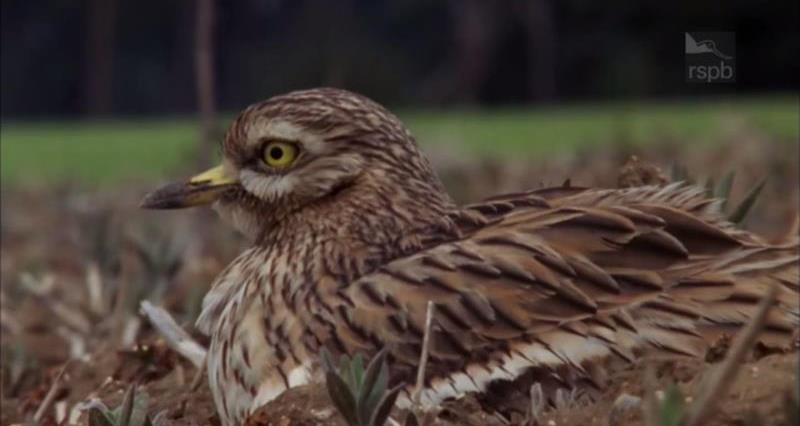Record numbers of stone-curlews have been hatching in an area known as The Brecks – an unusual natural habitat on the border of Norfolk and Suffolk – while a record number of breeding pairs have been nesting on the Suffolk coast.
Millions of viewers to the BBC Springwatch programme have enjoyed a unique insight into the family life of nesting stone-curlews on this year’s edition of the popular wildlife programme at the RSPB’s flagship nature reserve at Minsmere in Suffolk.
The mild winter saw stone-curlews – migratory birds that escape the colder months by travelling to North Africa – arriving back from their Mediterranean wintering grounds in February, earlier than usual.
To date, of the 112 nesting stone-curlew pairs the RSPB is monitoring in the Brecks so far this year 65 have successfully hatched chicks, which will soon by flying. Meanwhile, 10 of the Suffolk Coast’s record 15 breeding pairs this year are at Minsmere, with many also already raising chicks.
The iconic Brecks bird was given Red status on the RSPB’s list of threatened UK breeding birds after numbers of stone-curlews breeding in the UK fell by more than 85% between 1940 and 1985. As the habitat of The Brecks has gradually changed, stone-curlews have increasingly taken to nesting on arable farmland.
Through an EU Life+ funded project, the RSPB provides advice to landowners in the Brecks to help them create stone-curlew plots where the birds can nest safely. Since 2010, the number of stone-curlews nesting on Brecks farmland has doubled, and there are now approximately 240 breeding pairs in East Anglia, up from fewer than 100 in 1985.
Brecks farmer and NFU member Peter Smith has enjoyed great success with the stone-curlew nesting plots he has created at Hall Farm in Wordwell: “As part of our agri-environment agreement we’ve been able to create two areas of bare ground specially to encourage stone-curlews to nest.
“This year we have a pair of stone-curlews on each plot and both nests have hatched chicks, which are perfectly camouflaged against the stony sandy soil. It’s brilliant that they have nested on the plots, where the nests are much safer from potentially being damaged than they would be if they’d nested amongst the sugar beet crop. This means we can still help the birds by giving them somewhere to nest on the farm without having to interrupt our farming operations to protect or move nests to safety.”
